If you are looking for ways to reduce your building’s energy consumption and its energy costs, here’s why you should seriously consider renewable energy as a solution.
For many years building owners had never considered green energy as a way to reduce costs because of two common perceptions:
- The cost of renewable energy; either the cost of the equipment and installation of onsite production such as solar panels, or the higher energy rates connected with procuring your energy from renewable energy sources. Thanks to advancements in renewable energy production, this concern is no longer the case however not all building owners are aware of it or believe it.
- Reliability, which is to say the unpredictable nature of using renewable energy. Relying on sunshine or the wind and the possibility of bad weather leaving your building without that source of energy. This barrier has also been solved, by ongoing improvements made in the field of renewable energy battery storage, both on and off the electric grid.
Renewable energy production coupled with batteries is so reliable that today it is being used in various capacities to solve global energy production and as a way to drive down the costs of energy production.
Decreasing costs of renewable energy
Your content goes here. Edit or remove this text inline or in the module Content settings. You can also style every aspect of this content in the module Design settings and even apply custom CSS to this text in the module Advanced settings.
A recent survey showed that the number one reason homeowners switched to solar was to reduce costs and save money.
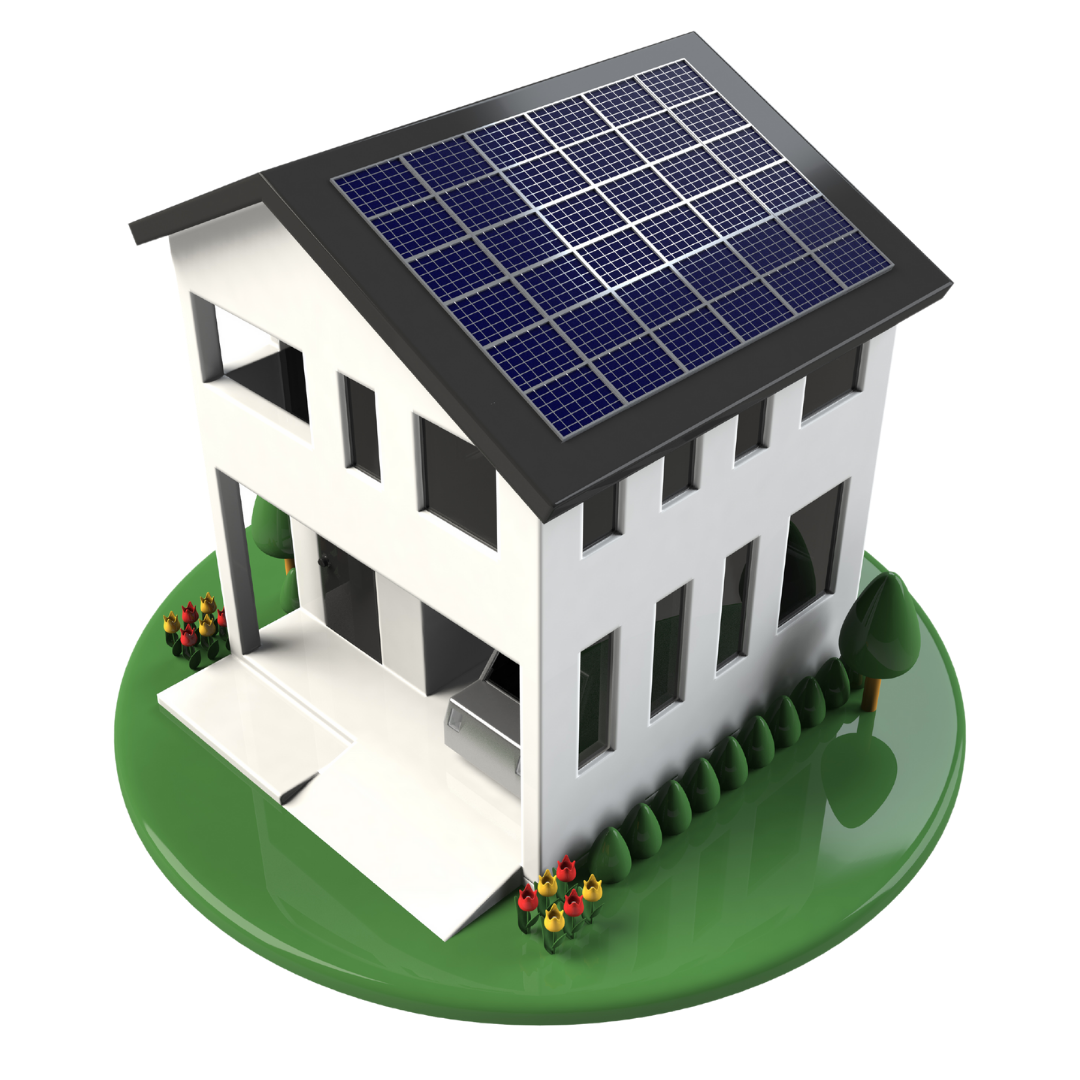
Many building owners have also started to use electricity from renewable energy sources, instead of natural gas, as a key emissions-reduction strategy for their commercial buildings.
Being able to obtain electricity directly from renewable sources, building owners are also turning to green energy as a way to reduce costs. By purchasing renewable energy credits (RECs) from your local utility or a retail energy supplier, you can now certify that the electricity you use is coming from renewable energy production.
The reason renewable energy is now the go-to for reducing emissions and energy costs is due to the decreasing costs of producing green energy, as you can see in the two below graphs (one showing the cost to produce wind power and the other showing the costs to produce solar power).
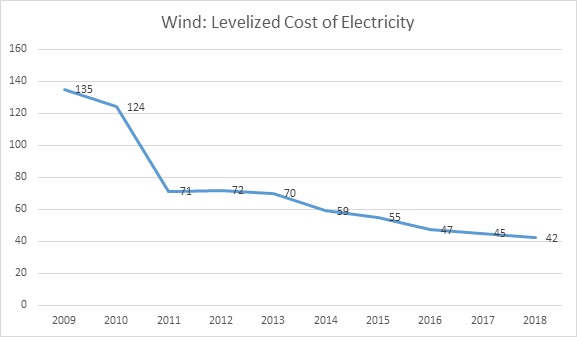
Unsubsidized Wind Electricity: Levelized Cost of Electricity in the U.S., 2009-2018. Source for Figure 1: https://www.lazard.com/perspective/lcoe2019
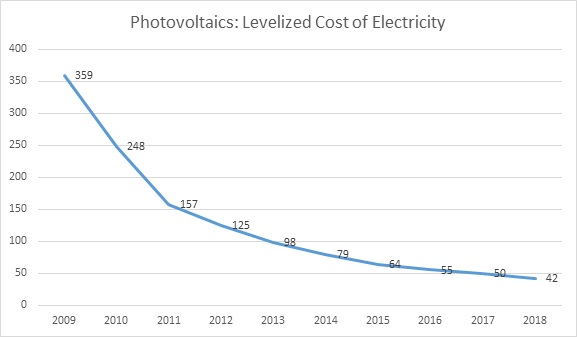
Unsubsidized Photovoltaic (PV) Electricity: Levelized Cost of Electricity in the U.S., 2009-2018 Source for Figure 2: https://www.lazard.com/perspective/lcoe2019
Batteries for the electric grid and for buildings
When building owners were concerned about the reliability of renewable energy production, they weren’t wrong. The sun doesn’t always shine, and the wind doesn’t always blow strong enough to produce sufficient electricity or power. That’s nature.
Without the invention of renewable energy storage batteries, the production of renewable energy and our dependency on green energy as a stable source of power would have been left with intermittency in the creation and transmission of wind and solar power.
However, today battery technology has reached a point that this problem is completely resolved. Storage batteries are being used to resolve intermittency problems at the grid level by the utilities because of the ongoing reductions in the cost of electric batteries.
The result has actually been an increase in energy reliability.
Building managers have also started to take advantage of cost savings when buying renewable energy from the local utility or retail energy suppliers, and in turn, have found it a great way to reduce emissions and energy costs.
There are many ways that building owners can use on-site energy storage batteries to reduce electricity bills. One way is to reduce utility electricity demand charges for electricity use during peak periods, which range from time-of-use rates to annual peak demand charges.
Batteries can be used to reduce energy use during these peak periods and thereby reduce utility bills.
Another is for buildings to use storage to enhance their participation in utility load-shedding programs (demand response programs). In fact, thanks to these demand response programs, some companies will install the batteries free of charge and pay them off using the money credited back to you by your utility for using less power during peak demand periods.
Here you can see the decreasing costs of energy battery storage and how it’s helped make renewable energy storage batteries a great solution to reducing costs, using renewable energy, and increasing reliability.
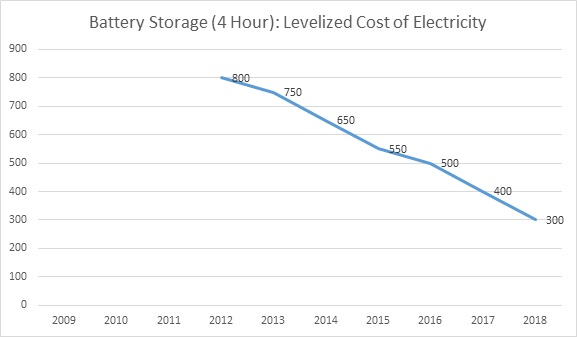
Levelized Cost of Battery Storage Capacity (4 Hour) in the U.S., 2012-2018 Source for Figure 3: https://about.bnef.com/blog/battery-powers-latest-plunge-costs-threatens-coal-gas/
How can building managers use green energy to reduce costs and cut emissions?
In light of the decreasing costs of renewable energy production, and battery storage solutions. Here are a few things building owners and managers should keep in mind when resorting to green energy as a way to reduce energy costs and reduce building emissions:
- Today, both renewable energy and battery storage solutions have realized a completely reliable and more affordable source of natural power. While you may see articles here and there that say otherwise, know that these solutions are being used all around the world as everyday power generation solutions. And if you still don’t consider them to be reliable, just keep in mind that for over 60 years NASA has powered its space shuttles and space stations using renewable energy.
- When looking at green energy as a way to reduce your building’s energy costs, be open to green energy options provided by your local utility, retail energy suppliers, and local solar farms and community solar programs. As the cost of renewable energy production continues to decrease, utilities and energy providers rely on renewable energy sources as a way to offer competitive energy pricing.
- If your building is using a lot of energy during peak periods, look into using batteries as a way to mitigate your peak demand and enroll in demand response programs as a way to earn money for reducing your overall demand during these peak periods. Also search for demand response companies that can install onsite batteries free of charge, and use the cost savings and credits from your utility as a way to pay for the batteries.
Article by
Rebecca Samson
Editor, Bio Development

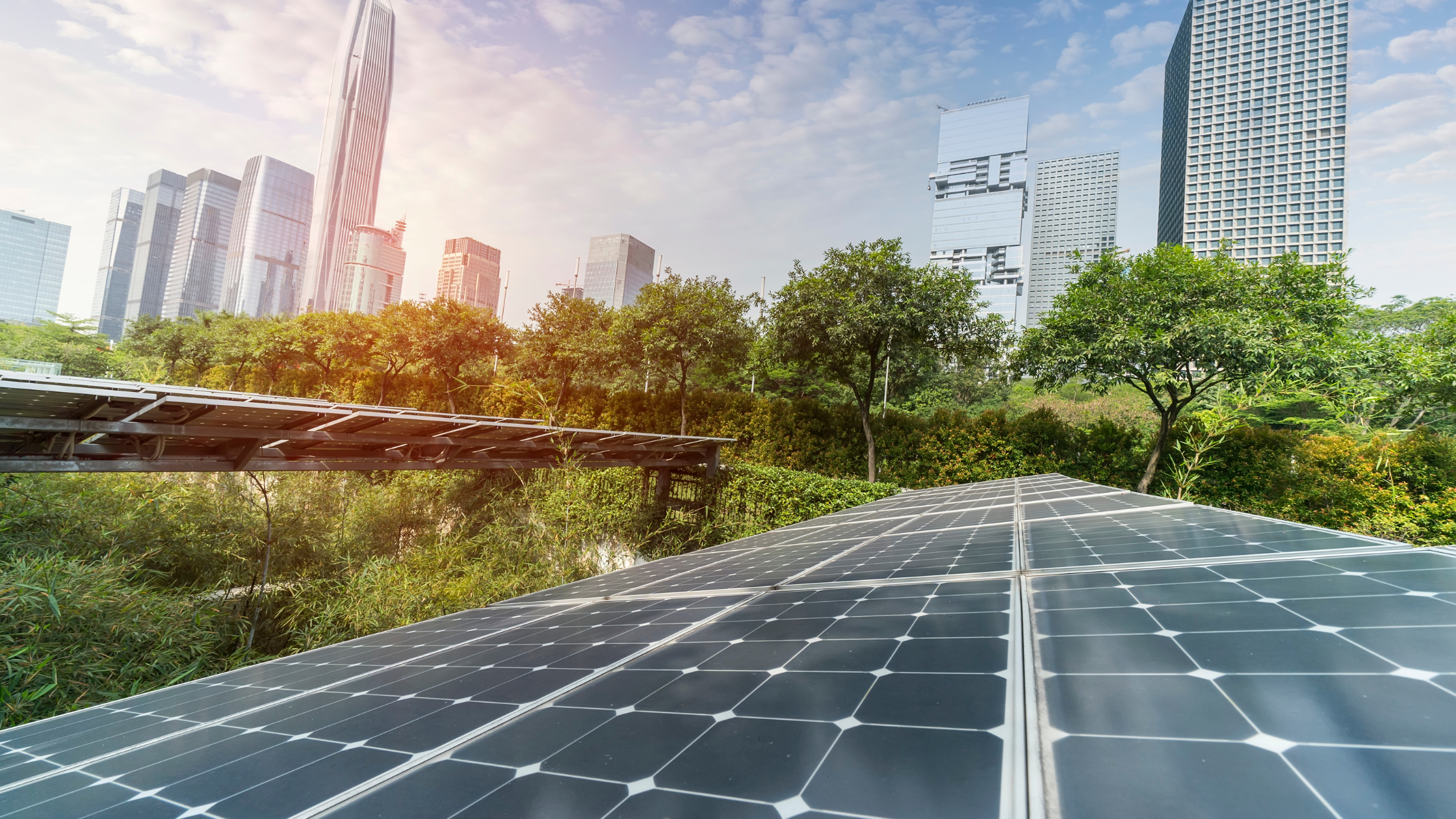

Recent Comments